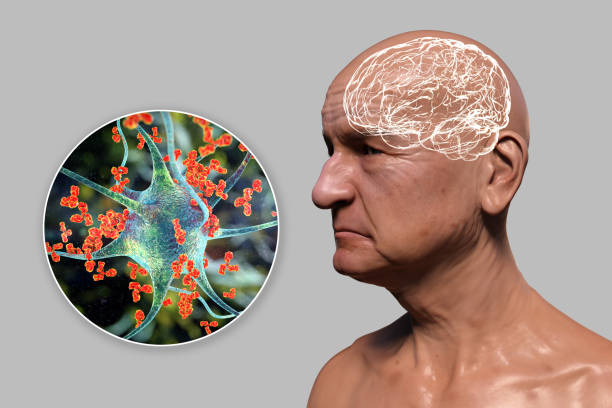News
An Overview of The Remarkable Application of Nervonic Acid
2024-01-19 14:00:12
Hits:0
With its potential therapeutic properties and health benefits, nervonic acid has emerged as a promising compound in various applications. In this article, we will explore the real-world applications of nervonic acid and discuss the scientific evidence supporting its usage. All information presented here is sourced from reputable scientific journals and studies.
Nervonic Acid and Brain Health
Several studies have highlighted the positive impact of nervonic acid on brain health and cognitive function. Nervonic acid (NA) is a kind of ultra-long-chain monounsaturated fatty acid, which can repair nerve cell damage caused by oxidative stress. Alzheimer's disease (AD) is a nervous system disease and often accompanied by the decline of learning and memory capacity. Research suggests that supplementation with NA may delayed the decline of locomotion and learning ability caused by D-galactose/AlCl3 and may increase the activity of total superoxide dismutase, catalase, glutathione peroxidase, and reduced the content of malondialdehyde in vivo. In the maintenance of healthy myelin levels and of improving cognitive impairment through the activation of PI3K signaling pathway., NA potentially benefiting individuals with neurodegenerative disorders such as multiple sclerosis (MS) and Alzheimer's disease.

Nervonic Acid and Limits Weight Gain
Nervonic acid, a 24-carbon fatty acid with only one double bond at the 9th carbon (C24:1n-9), is abundant in the human brain, liver, and kidney. It not only functions in free form but also serves as a critical component of sphingolipids which participate in many biological processes such as cell membrane formation, apoptosis, and neurotransmission. Recent studies show that nervonic acid supplementation is not only beneficial to human health but also can improve the many medical conditions such as neurological diseases, cancers, diabetes, obesity, and their complications. Nervonic acid and its sphingomyelins serve as a special material for myelination in infants and remyelination patients with multiple sclerosis. Besides, the administration of nervonic acid is reported to reduce motor disorder in mice with Parkinson's disease and limit weight gain.
Nervonic Acid and Anti-Inflammatory Properties
Inflammation is a common factor in various chronic diseases. Nervonic acid has shown potential anti-inflammatory effects, which may be beneficial for conditions such as arthritis, asthma, and inflammatory bowel disease. Studies that using methods of combined transcriptome and metabolomic approach to utilized to investigate the anti-inflammatory effects of NA on the liver of PD mice have indicated that nervonic acid can modulate the production of pro-inflammatory molecules and inhibit the activation of inflammatory pathways, thereby reducing inflammation and associated symptoms. It may support NA could be a useful dietary element for improving and treating PD-induced liver inflammation.
The application of nervonic acid in various health-related fields is an area of active research. While the studies mentioned in this article provide promising results, further research is needed to fully understand the mechanisms and potentialbenefits of nervonic acid in these applications. It is important to note that nervonic acid should not be considered a standalone treatment for any medical condition, and consultation with healthcare professionals is always advised.
Sources :
1.Nervonic acid reduces the cognitive and neurological disturbances induced by combined doses of D-galactose/AlCl3 in mice
2.Phung, Nghi Van et al. “Nervonic acid and its sphingolipids: Biological functions and potential food applications.” Critical reviews in food science and nutrition, 1-20. 28 Apr. 2023, doi:10.1080/10408398.2023.2203753
3.Keppley, Laura J W et al. “Nervonic acid limits weight gain in a mouse model of diet-induced obesity.” FASEB journal : official publication of the Federation of American Societies for Experimental Biology vol. 34,11 (2020): 15314-15326. doi:10.1096/fj.202000525R
4.Wang, Xueqi et al. “Nervonic acid improves liver inflammation in a mouse model of Parkinson's disease by inhibiting proinflammatory signaling pathways and regulating metabolic pathways.” Phytomedicine : international journal of phytotherapy and phytopharmacology vol. 117 (2023): 154911. doi:10.1016/j.phymed.2023.154911





